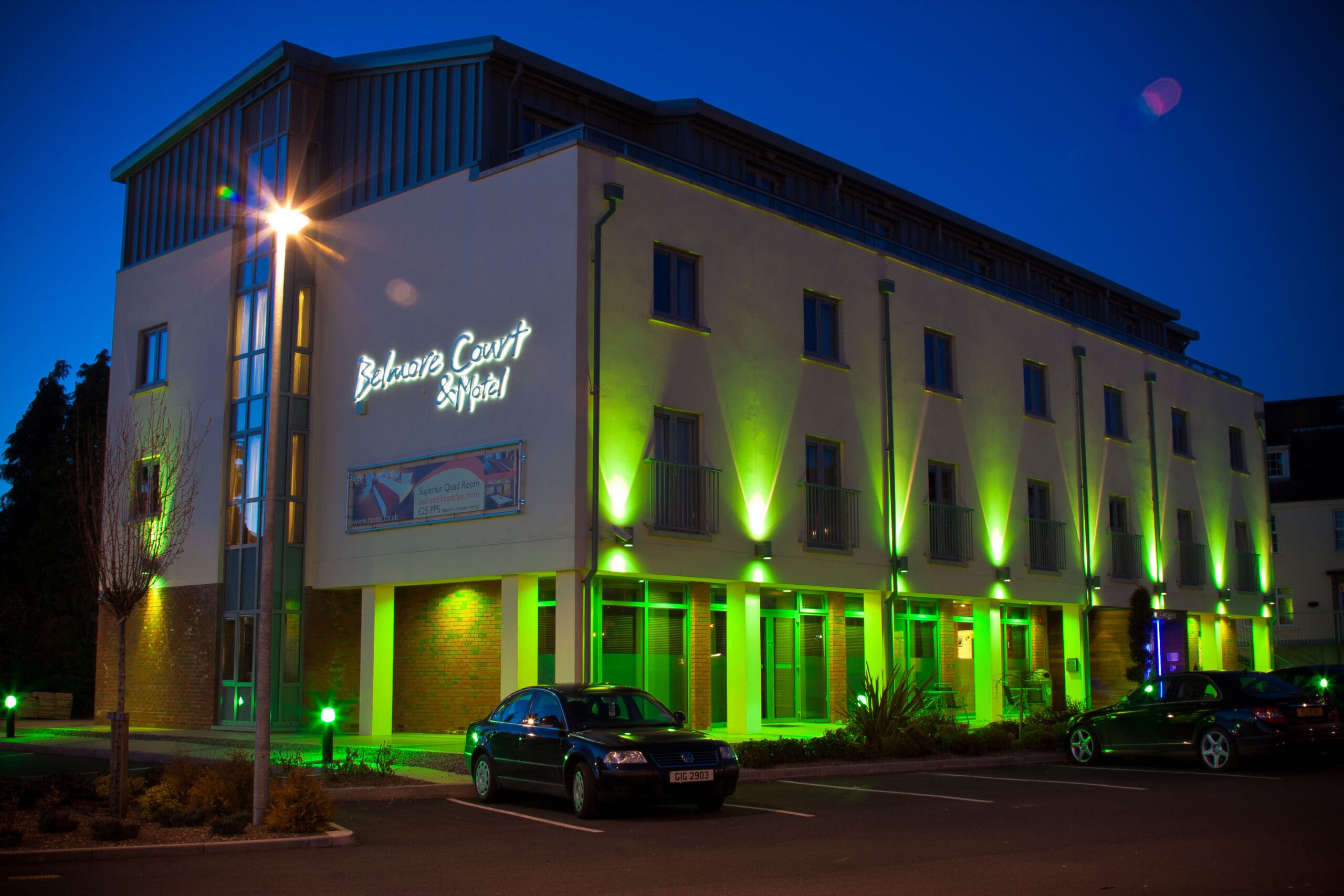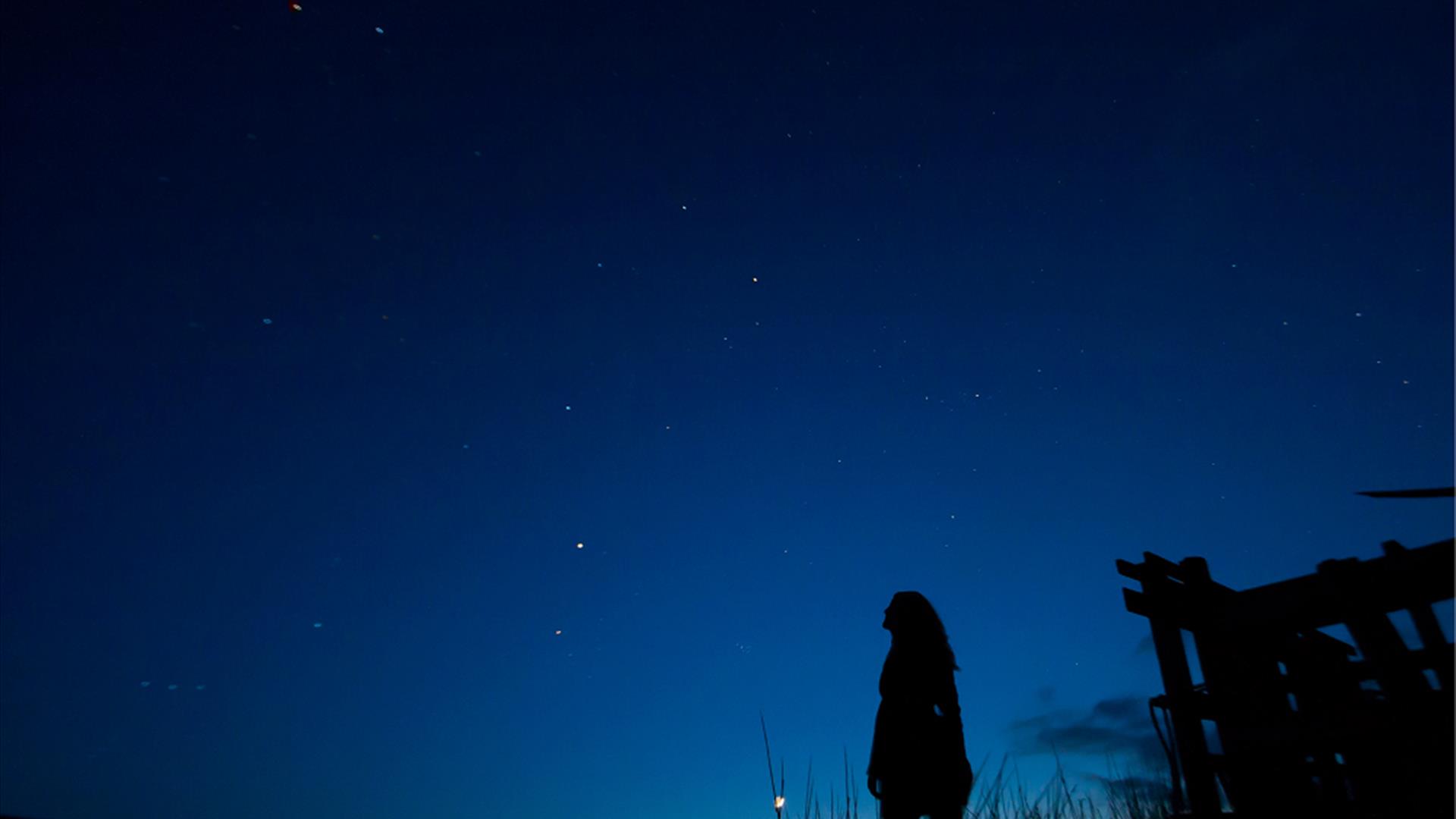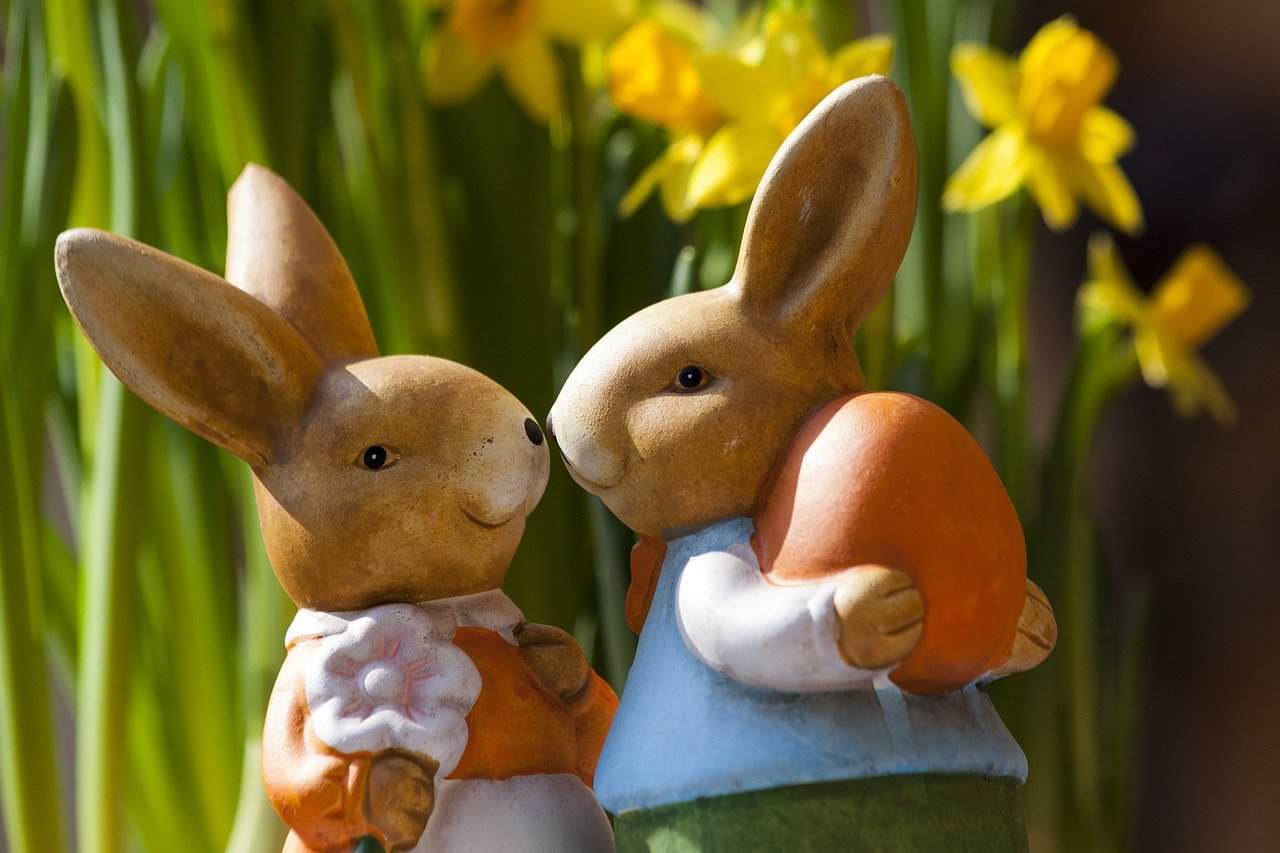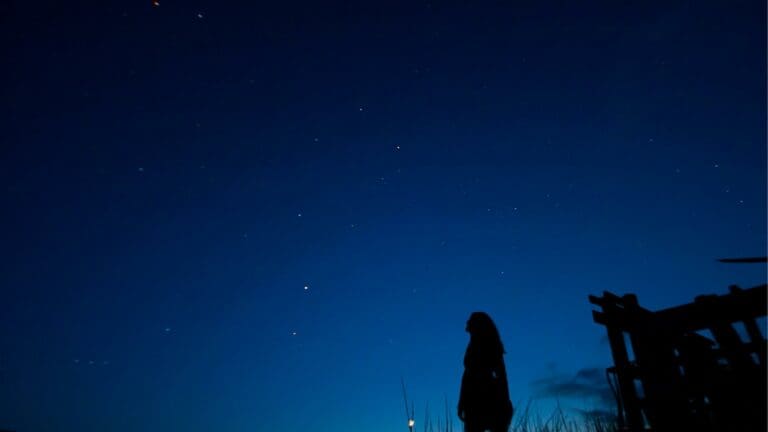Devenish Island
Devenish Island is nestled in the sparkling waters of Lower Lough Erne in County Fermanagh, Northern Ireland. This small island of just over 150 acres holds a wealth of history and intrigue waiting to be explored. Dotted with ancient monastic ruins dating back to the 6th century AD, Devenish Island offers visitors a chance to step back in time and imagine life during early Christian Ireland. In this blog post, we’ll take a virtual tour of Devenish Island and uncover its fascinating secrets.
From its impressive round tower to its rare high crosses, we’ll learn about the monastic settlement founded here by Saint Molaise over 1400 years ago. We’ll also discover some of the island’s more recent history and highlight why you must add Devenish Island to your list of places to visit in Northern Ireland. So come along for the journey as we drift back through the centuries to reveal the magic of Devenish!
The Earliest Inhabitants:
While the first recorded settlement on Devenish Island dates back to the 6th century AD, archaeological evidence indicates people lived there long before Saint Molaise arrived. Mesolithic stone tools discovered here suggest it was inhabited during the Middle Stone Age as early as 8000 BC. The island’s proximity to the lake and fertile land made it an ideal spot for Ireland’s early hunters and gatherers to settle.
Traces of an early Christian ringfort have also been found on Devenish, hinting at activity between the Iron Age and the early medieval period. But it was only with the arrival of Saint Molaise in the late 6th century that the island became home to the monastery and religious community that brought it fame.
Saint Molaise and the Monastery:
Saint Molaise was a prominent figure in early Irish Christianity who founded over 150 churches and monasteries across Ireland, Scotland, and Wales. Around 580 AD he chose Devenish Island as the location for one of his most famous monasteries, drawn by its peaceful isolation on the secluded lake. Under Molaise’s leadership, Devenish became a renowned centre of Christian learning and scholarship, pivotal in spreading the faith across Ulster.
The monastery remained an important site even after Molaise died in 563 AD, hosting synods and producing brilliant illuminated manuscripts. At its peak in the 8th-10th centuries, the Devenish monastery was home to over 1000 monks and scholars.
The site boasts the remains of two medieval churches, Teampall Mor and Teampall Bec. Teampall Mor, or the “Great Church”, was built in the 12th century on the foundations of an earlier church and is renowned for its carved Romanesque arches at the entrance. Teampull Bec, or the “Small Church” dates back to the 10th century, with its simple layout more typical of early medieval Irish churches.
Devenish also features one of the finest examples of an Irish round tower, soaring over 100 feet into the air. These tall hollow towers were likely used as bell towers and possibly refuge in times of attack. Overlooking Teampull Mor graveyard is the striking Latin Cross, one of only two of its kind left in Ireland. Dating to the 9th century, its east-facing orientation suggests strong links to European influences in Celtic Christianity.
Viking Raids and Medieval Decline:
By the beginning of the 9th century, Devenish Island had become one of the wealthiest and most influential monasteries in Ireland. But its prominence also attracted the attention of Viking raiders who attacked and burned Devenish in 822 AD. The monastery managed to recover but was sacked once more in 923 AD. The twin Viking attacks marked the beginning of Devenish’s decline, with the monastery slowly losing power and prestige over the following centuries before being dissolved under King Henry VIII in 1540.
While most of the monastery buildings fell into ruin, the churches, round tower, and high crosses remained standing, leaving us the spectacular medieval ruins that can be visited today.
18th Century Revival and Recent Times:
After centuries of neglect, Devenish Island saw renewed interest in the 18th century from antiquarians exploring and documenting Ireland’s medieval sites. Conservation efforts began on the monastic ruins, ensuring their survival to modern times. In 1810, James Ussher, the Protestant Archbishop of Armagh, took up residency on Devenish in the House of the Lower Lough Erne. He excavated and researched the island’s archaeology, compiling detailed accounts of Devenish’s early Christian history.
The island entered a new phase in 1886 when Cornelius Kellett, a wealthy landowner, purchased Devenish and transformed it into a private family residence. Kellett renovated the island’s buildings and gardens, hosting lavish parties on Devenish attended by society’s elite. The island’s ownership later passed to the Le Fanu family, who continued conservation work in the 20th century before ultimately selling most of Devenish to the State.
In 1967 the island was designated as a National Nature Reserve to protect its ancient monuments and diverse wildlife habitats. Today, Devenish Island remains inhabited with a small population, is open to visitors, and continues to safeguard its thousand-year-old Christian heritage.
Early Christian Ruins and Monuments:
Now that we’ve explored some of its long and storied history, let’s take a closer look at the captivating ancient ruins and monuments that make Devenish Island such a special place:
-
- Round Tower – One of the island’s most iconic landmarks, the imposing round tower dates back to the 10th/11th century. It stands over 100 feet high on an elevated site overlooking the rest of Devenish. It’s considered one of the finest surviving round towers in Ireland.
-
- Medieval Churches – The ruins of two medieval churches, Teampall Mor and Teampall Bec, allow you to return to Devenish’s heyday as an ecclesiastical centre. Teampull Mor contains ornate Romanesque arches, while Teampull Bec has a typical early Irish layout.
-
- High Crosses – Two high crosses remain standing on Devenish, the Latin Cross and the Celtic Cross. The 9th century Latin Cross is extremely rare and ornamented with unique spiral and fretwork patterns.
-
- Bullaun Stones – These curious bowl-shaped stones have been found in the monastic ruins, possibly used for grinding during food preparation. Other theories suggest ritual or devotional purposes.
-
- Graveyard – The atmospheric graveyard around Teampull Mor contains tombs, mausoleums, and monastic remains going back to the early medieval period. One tomb is said to belong to Molaise himself.
-
- Landscapes – The island preserves archaeological landscapes integral to the monastic settlement, including fish traps, cobble surface roads, and early field systems.
Walking across Devenish Island today, it’s inspiring to imagine the monks, scholars, and pilgrims who once passed through these same spaces over a thousand years ago. These rare surviving ruins offer a tangible connection to Ireland’s early medieval period and the legendary saints and scribes who found sanctuary on this small island.
Legendary Associations:
Beyond Saint Molaise, Devenish Island is steeped in legend with intriguing ties to other famous figures of Irish history and myth. The most well-known is Saint Patrick himself, who was said to have visited Devenish in the 5th century AD to confer with Molaise. The two saints quarrelled over the proper timing for Easter celebrations in the famous conflict where Molaise defiantly threw his copy of the Scriptures into Lough Erne until the lake miraculously returned it unharmed. Other legends link Devenish to figures like Connall Cael, the foster son of Ireland’s mythical warrior Cuchulainn.
The island’s mystical aura persists today with tales of a magical storm-summoning bell hidden somewhere in its depths by one of the medieval monks. With such legendary associations spanning over 1500 years, it’s easy to see why Devenish captures the imagination!
Wildlife and Conservation:
While Devenish Island treasures its Christian heritage, it is also designated as an essential nature reserve protecting diverse ecosystems and wildlife. The island contains a National Nature Reserve managed by the Northern Ireland Environment Agency covering 75 acres of varied habitats. Heath, grassland, saline lagoons, reedbeds, and shoreline fringe the ruins, overlooked by scenic woodlands and the ancient trees within the Augustinian Abbey’s walls. Devenish provides a sanctuary for monastic history and Northern Ireland’s exceptional biodiversity.
Visiting Devenish Island:
If you want to experience Devenish Island’s magic for yourself, visiting is easy and rewarding. There is a Ferry, MV Kestrel, that leaves from the round ‘O’ regularly during the summer season from April to September. It’s a two-hour trip by Erne Tours. Once on the island, you can explore the historic ruins and walking trails. Guided tours are also available on certain days, providing in-depth insight.
With remnants of Ireland’s Golden Age of early medieval Christianity and unspoiled lakeside scenery, Devenish Island should top your list for a day trip back through time.
Conclusion:
Devenish Island remains one of Northern Ireland’s most magical and spiritual places over 1400 years since Saint Molaise first arrived. This secluded island monastery survived Viking raids, medieval decline, and centuries of neglect before its atmosphere and ruins were preserved to become the inviting retreat it is today. Wandering among Devenish’s ancient churches, carved crosses, and imposing round tower, you can vividly imagine what drew monks and pilgrims here across the centuries.
Beyond its awe-inspiring early Christian ruins, legends swirl around Devenish with ties to famous saints and mythical figures. The island also shelters a diversity of wildlife as a protected nature reserve. Easy to access and explore, Devenish offers an escape into nature, history, and legend that you’ll always remember. Whether admiring the skill of early Irish masons or spotting seals along the shore, Devenish Island promises a journey back through time to immerse you in Ireland’s formative centuries of Christianity.















